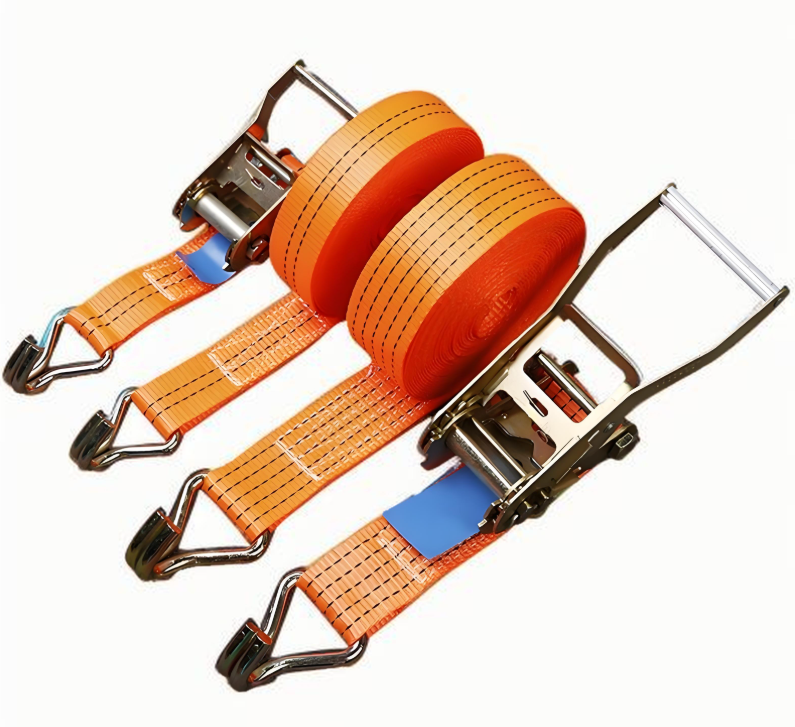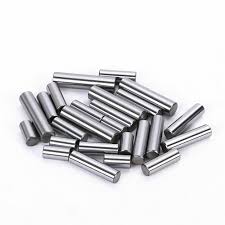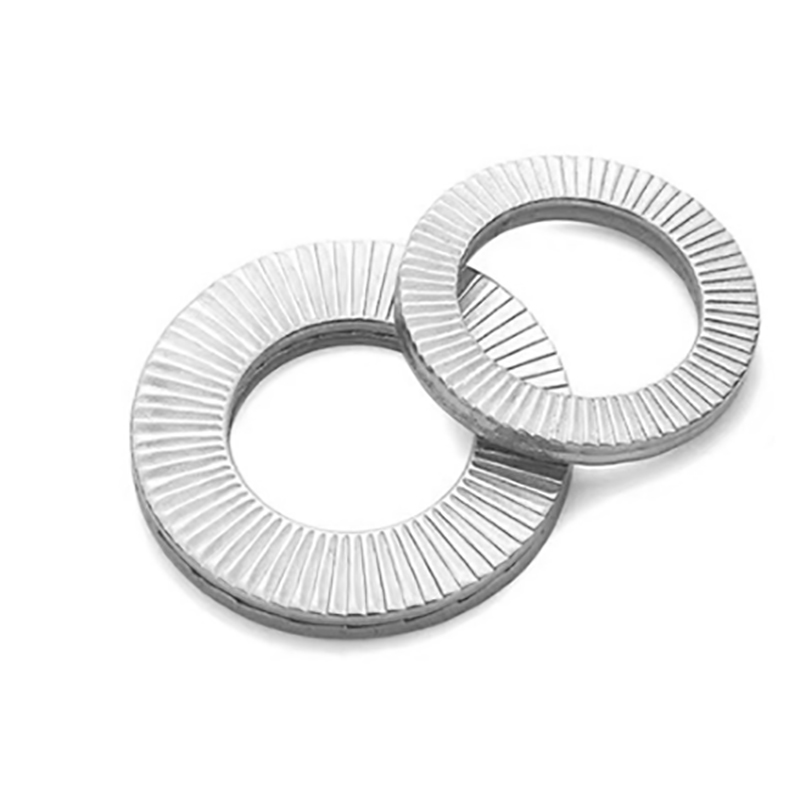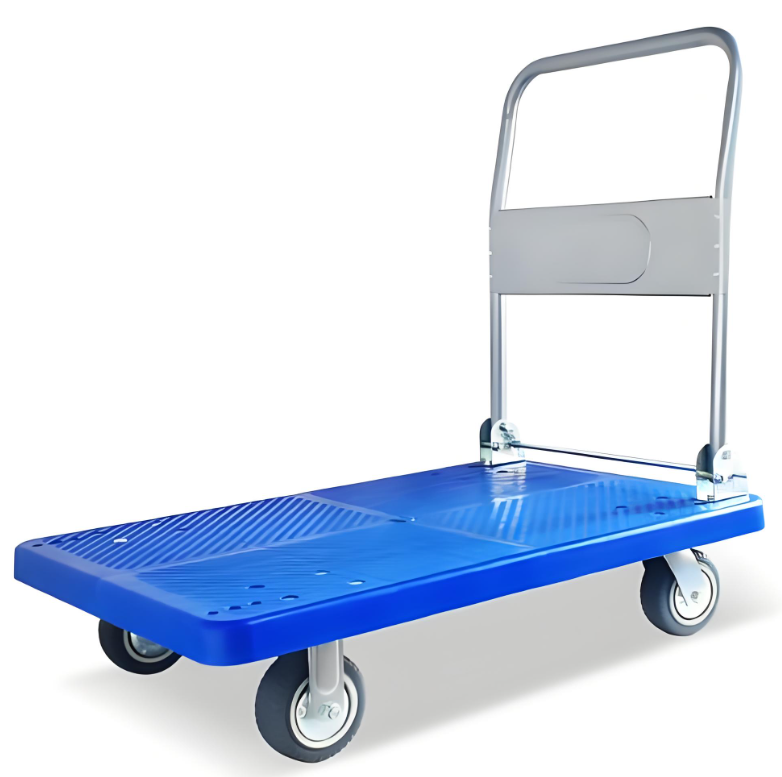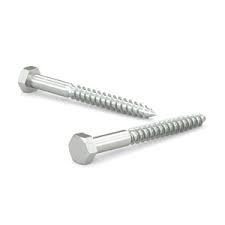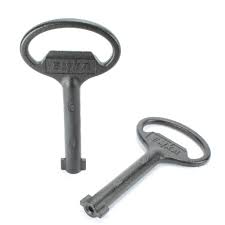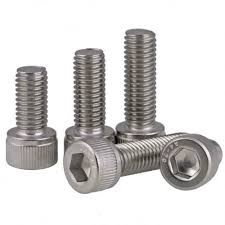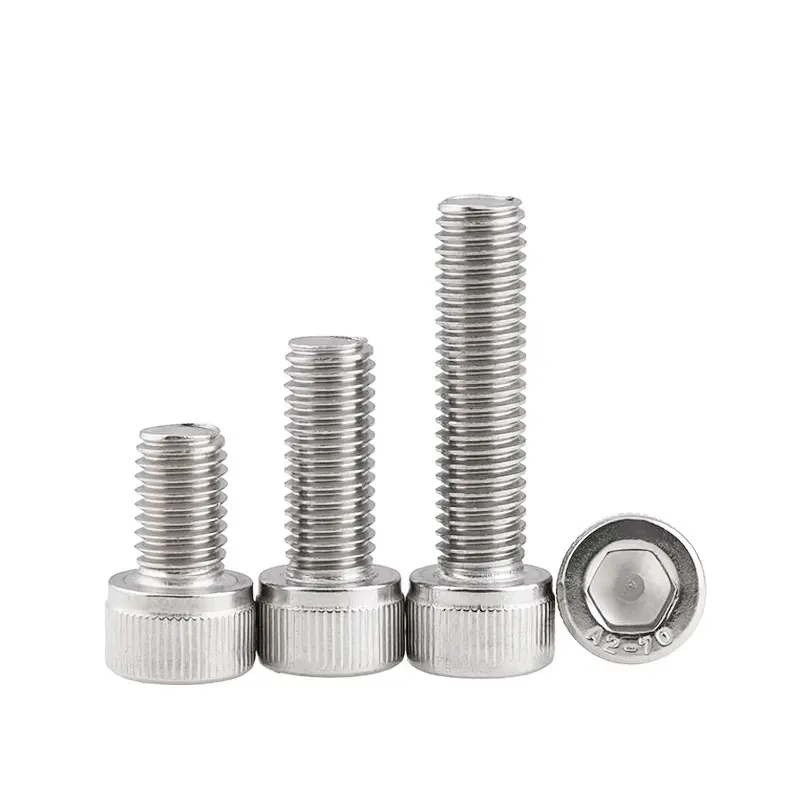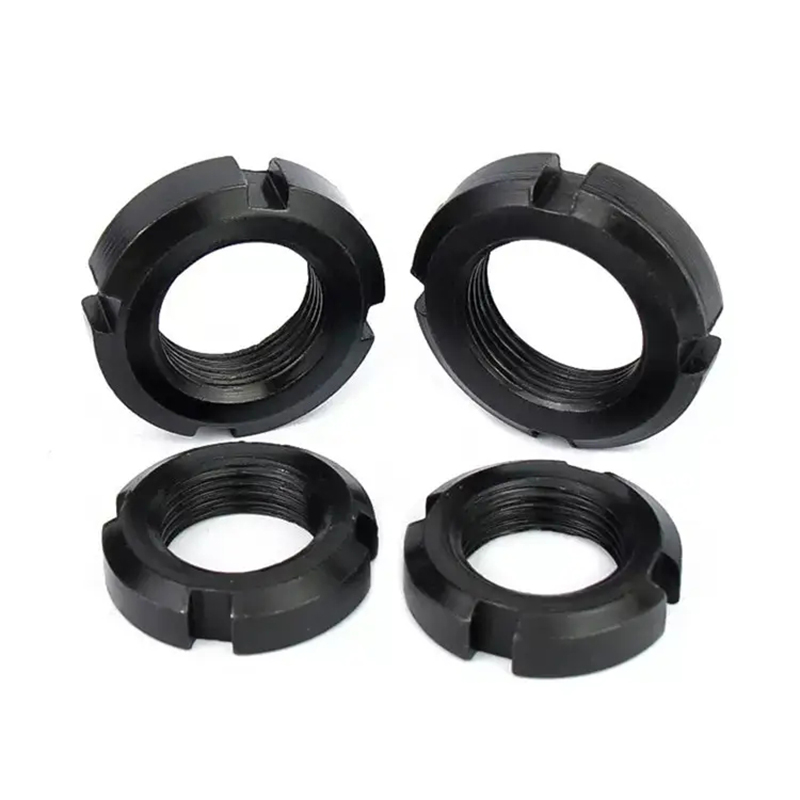Pull Rivet Nuts: A Comprehensive GuideUnderstanding the Versatility of Pull Rivet NutsThis guide provides a comprehensive overview of pull rivet nuts, exploring their applications, advantages, and installation methods. We'll delve into the different types available, helping you choose the right solution for your specific needs. Learn about the benefits of using pull rivet nuts compared to other fastening methods and discover how to seamlessly integrate them into your projects.
Types of Pull Rivet Nuts
Blind Rivet Nuts
Blind
pull rivet nuts are ideal for applications where access to the rear of the workpiece is limited. These fasteners are inserted into a pre-drilled hole and expanded using a specialized tool, creating a strong, secure connection. They're often used in automotive manufacturing, aerospace, and other industries requiring robust and reliable fastening. Several materials are available, including steel, aluminum, and stainless steel, each offering unique properties regarding corrosion resistance and strength. The choice of material depends largely on the application's environmental conditions and required load-bearing capacity.
Threaded Rivet Nuts
Threaded
pull rivet nuts offer a convenient way to create a strong, reusable threaded connection in thin sheet metal or plastics. The internal threads allow for repeated assembly and disassembly, making them suitable for applications requiring regular maintenance or adjustments. Their design ensures a secure grip, minimizing the risk of stripping or loosening. Common applications include electronics, appliances, and furniture. When selecting threaded
pull rivet nuts, ensure compatibility with the intended screw size and material.
Hebei Dewell Metal Products Co., LTD offers a wide variety of options.
Clinch Nuts
Clinch nuts, a type of
pull rivet nut, are installed using a specialized tool that deforms the nut's body to firmly secure it to the workpiece. These are often preferred in applications where vibration resistance is crucial. Common uses for clinch nuts include automotive, aerospace, and industrial machinery. The strength of the clinch nut depends on the material and the installation method. Proper installation is crucial for achieving optimal performance.
Choosing the Right Pull Rivet Nut
Selecting the appropriate
pull rivet nut is crucial for ensuring a secure and reliable connection. Several factors influence this choice:
| Factor | Considerations |
| Material | Steel, Aluminum, Stainless Steel – consider corrosion resistance and strength requirements. |
| Thread Size | Match the thread size to the intended screw. |
| Grip Range | Ensure sufficient material thickness for secure installation. |
| Application | Consider vibration resistance, environmental exposure, and required strength. |
Table 1: Key Factors in Choosing Pull Rivet Nuts
Installation Methods
Proper installation is paramount for achieving the full strength and reliability of
pull rivet nuts. Specialized tools are typically required, ensuring consistent and accurate placement. Incorrect installation can lead to weakened connections and potential failure. Detailed instructions are usually provided by the manufacturer and should be carefully followed.
Hebei Dewell Metal Products Co., LTD provides comprehensive installation guides for their range of products.
Advantages of Using Pull Rivet Nuts
Increased Efficiency: Faster installation compared to traditional methods. Reduced Costs: Can lower labor costs associated with fastening. Strong & Reliable Connections: Provides a robust and secure joint. Versatility: Suitable for a wide range of materials and applications. Accessibility: Ideal for blind fastening where rear access is limited.
Conclusion
Pull rivet nuts offer a versatile and efficient solution for various fastening applications. Understanding the different types, selecting the appropriate fastener, and ensuring correct installation are key to maximizing their benefits. By considering the factors outlined in this guide, you can select the optimal
pull rivet nut for your specific needs, resulting in strong, reliable, and cost-effective assemblies.



